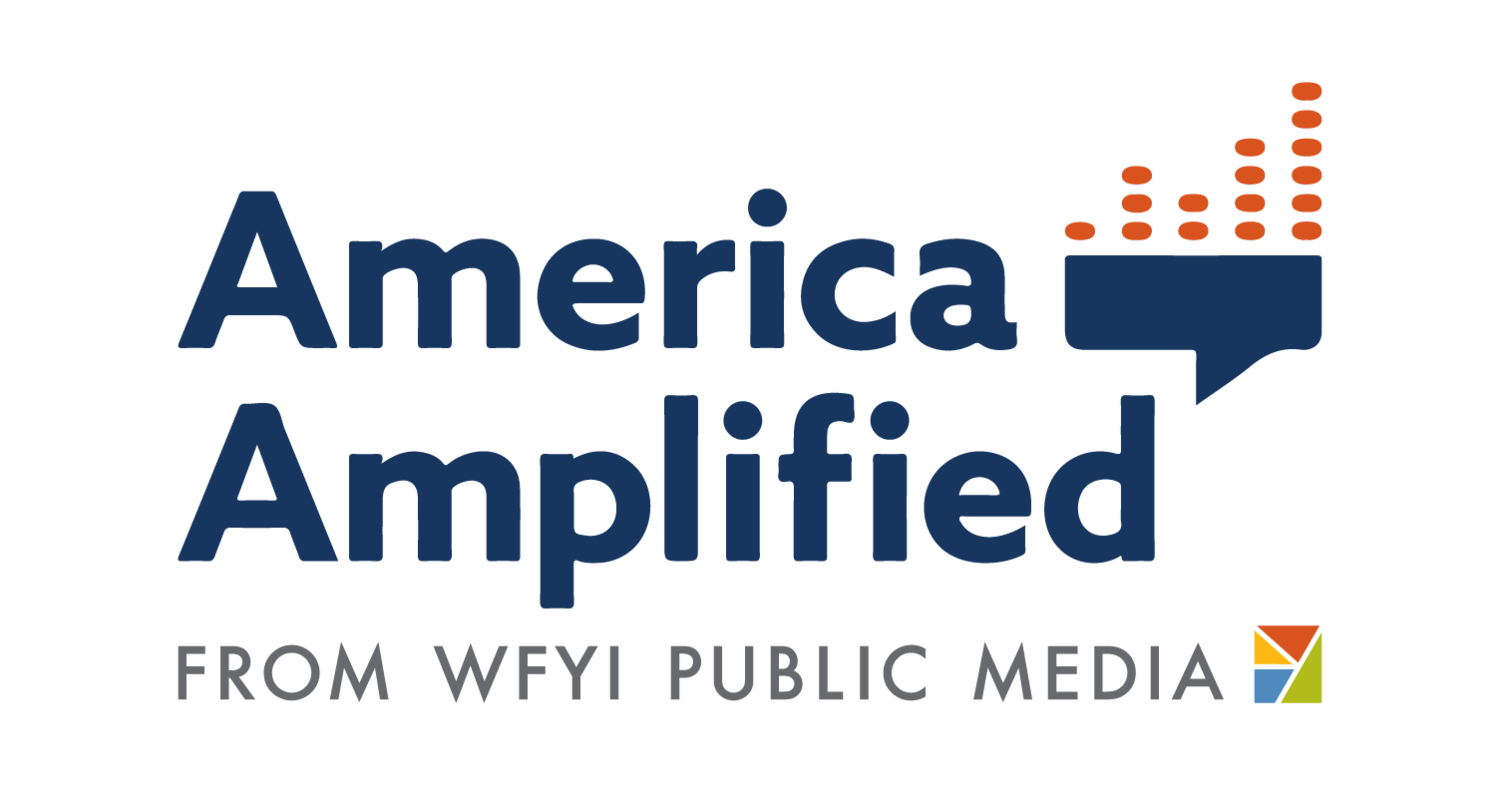How community engagement can and will keep the lights on!
Credit: Obi Okezie, America Amplified
We get asked all the time to make the case for how community engagement journalism can bring in new revenue, and how community engagement can help the station grow new audiences.
First, engaging new audiences and gaining their trust does not happen overnight. And when it does happen, convincing them to become members, or to include you in their will, or to donate a vehicle, or to gift you a few million, doesn’t happen quickly. Second, whether there are immediate, concrete returns or not, newsrooms these days don’t really have a choice anymore. As Letrell Crittenden of the American Press Institute put it to me, “You cannot go into 2025 thinking you will expand your audience without engagement. If you are not engaging, you’re dying.”
And yes, there is ample evidence that community engagement does ultimately pay off. These insights come from working for more than five years in support of community engagement with dozens of public media newsrooms across the country. Here are a few examples of how engaged journalism brings in revenue:
Aligns news organization’s goals with those of local funders: Local community foundations and family foundations often prioritize community engagement as well as projects that enhance civic participation, provide solutions and demonstrate positive impact. Stations can make the case that their community engaged journalism aligns with and helps meet those goals (see Case Studies, below).
Provides deep insights into your current audience: Data and analytics show who your current audience is; community engagement (call-outs, listening sessions, surveys) helps you understand their needs, preferences and habits. Tailor your fundraising asks around those preferences.
Attracts and draws in a wider audience via newsletter subscriptions: By using a call-out to prompt questions from the community, stations attract new newsletter subscriptions, building a loyal and engaged audience outside of broadcast.
In America Amplified’s Election 2024 initiative, as of mid-September, 3 stations had collected nearly 200 new subscriptions. Collectively, 48 stations had more than 1,000 new subscriptions.
Enhances digital engagement: Stories fueled by engagement activities, inspired by questions from the community or tips from community members, receive far more engagement than ordinary stories. Strong digital performers are easier to sell underwriting around!
In America Amplified’s Election 2024 initiative, engagement-fueled stories saw a significant uptick in average views and time on the page, compared to other digital features. For example, WITF’s average views for digital content went from 97 to 238 for engagement-fueled content. That’s a 145% increase. New users went up 285%.
It is not all about the money! Community-engaged journalism provides all kinds of benefits in addition to new audiences and revenue. Community engagement can help news organizations identify the communities they are not serving and begin building trust there; engagement events, hosted by a news organization, can deepen connections and trust and strengthen civic society and democracy; engaging a community in deep and intentional ways improves the quality of work life and sense of mission for journalists and news staff.
Still, it is nice to know that all those benefits also come with the funding that allows us to keep the lights on, to continue to demand accountability from our political leaders, and strengthen the civic infrastructure of the communities we serve.
CASE STUDY: Large market station
Southern California’s LAist (formerly KPCC) has been a leader in engaged journalism for a decade now and has secured significant local philanthropic support for those efforts. According to Kristen Muller, LAist’s chief content officer from 2017 until this year, the “key to unlocking funds from community investors” was demonstrating how their reporting could reach people in new ways — through texting, digital platforms, events, for instance. It was also important to show that their reporting was designed to be useful and make an impact.
The station has integrated community engagement into every beat, every project, every grant proposal. Pamela Gabourie runs the institutional giving team at LAist and says the engaged approach is critical in foundation fundraising. Here’s how she puts it in a recent grant proposal: We design our journalism for impact, meaning that we think strategically and creatively about what we do and how we collaborate with wider civil society in driving change on the issues we cover. We always think about who we want to reach with the coverage we are planning, what they need to know, and how best to deliver that information.
Specific engagement initiatives that have inspired local giving include their early childhood education and development beat, for which local investors provide a significant investment annually. Another initiative is their Voter Game Plan, a community-centered voter guide, expanded each election season and funded, in part, through a partnership with the local Weingart foundation. See How Philanthropy and Local Media Came Together to Reimagine LA’s Voter Guides. Most recently, LAist was one of the news organizations awarded funding ($2.4 million) as part of the American Journalism Project’s $15 million dollar investment in the L.A. Local News Initiative. According to Executive Editor Megan Garvey, “The only reason we were even in the running to be part of this was because of the significant investment we have made in engagement journalism. That goes beyond just talking about it, but integrating into all of our workflows and individual mission statements.”
CASE STUDY: Medium market station
WFYI’s newsroom and the Indiana Public Broadcasting collaboration, based in Indianapolis, has grown from a staff of six to more than 30 local and statewide reporters in less than 10 years, much of that as a result of grant funding focused on community engagement journalism. According to Stacey Stuteville, Director of Corporate and Foundation support, WFYI tells the story of Community Engagement journalism in every grant they seek for news. ““It’s central to our mission and the work of our newsroom. It’s also how we demonstrate the strongest case for support and impact with funders.”
Over the past decade WFYI and IPB News have raised over $10 million in grant funding to support their news initiatives and their community engagement journalism. “Community engagement is our unique value proposition,” claims Stuteville. Since 2016 one local foundation has provided $6.9 million in financial support for WFYI’s health and education reporting, including funding for two community engagement specialists as part of the team.
In addition to funding personnel, the station also received a $450,000 grant from another local funder to support the newsroom. This provided the community engagement team with additional funding to expand their work and gave the marketing team the resources needed to reach new audiences.


